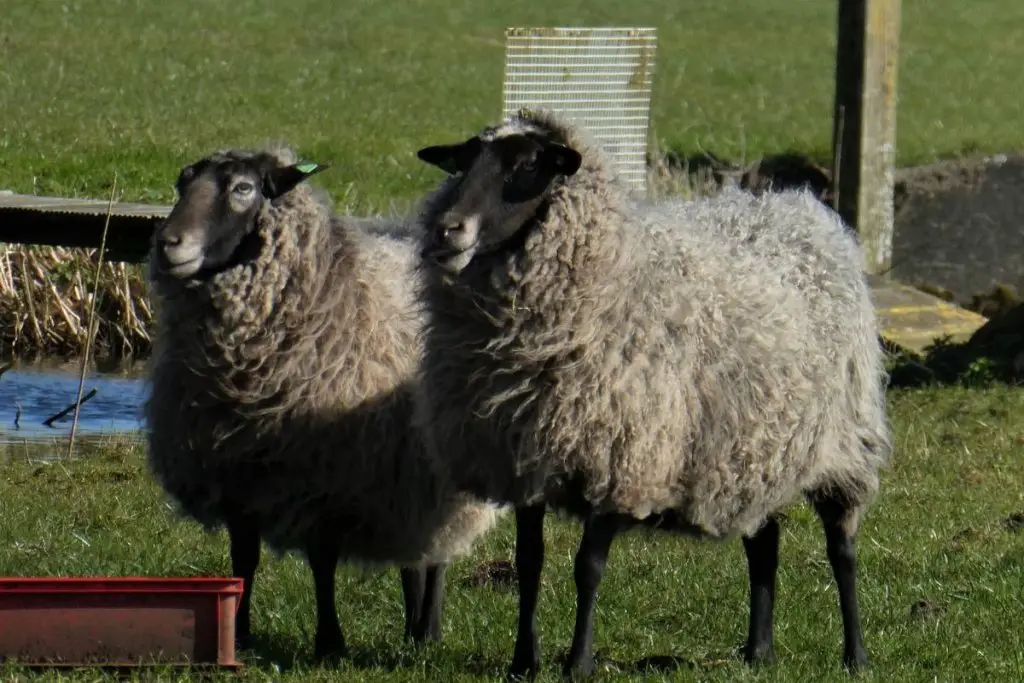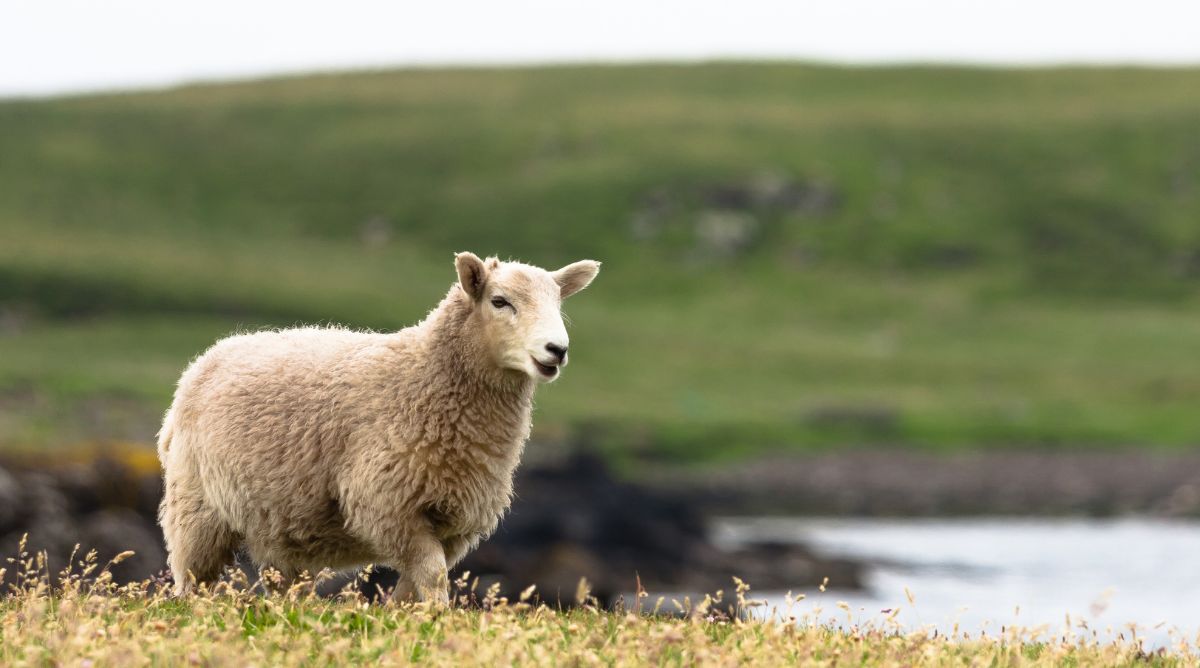Shetland sheep are the smallest breed in Britain, and have a wide range of colors and markings. Originating in Scotland and descending from Scandinavian lineage, Shetland sheep are hardy and can survive in diverse climates and on infertile land.
Table of Contents
Origin of Shetland Sheep
Shetland sheep can be traced back more than a thousand years to ancient Scandinavian breeds. The modern version of the breed originated in the Shetland Islands of Scotland.
Shetland sheep descend from the Northern European short-tailed sheep family. Some markings on Shetland sheep resemble those of the primitive British Soay or Mouflon sheep.
Shetland sheep originated in the Shetland Islands, but can now be found in the British mainland and other countries.
Shetland sheep were imported to North America around 200 years ago. The North American Shetland Sheep breeders Association was formed in 1994.
Characteristics of Shetland Sheep

| Characteristics | Description |
| Origin | Shetland Islands, Scotland |
| Appearance | Small and short-tailed, with a wide variety of colorings and patterns |
| Wool | Shetland sheep have 11 colors and up to 30 pattern variations of wool. The fleece weighs 2 to 4 pounds (0.9 to 1.8 kg). Yield is often 65-80%. Average staple length is 3.5 inches (8.9cm). Wool fiber averages of 23 microns. |
| Meat | Tender mutton, but not often kept for commercial meat production due to size |
| Environment | Good foragers and can thrive in less-than-fertile areas. They do even better on quality grassland with good pasture. |
| Common uses | Wool (primarily), also meat |
| Fertility | Shetland ewes are seasonal breeders and easy lambers. |
The Shetland breed of sheep is known for its multiple colors and marking variations.
They have 11 primary colors:
- Black
- Yellowish brown (Mioget)
- Dark brown
- Reddish brown (Moorit)
- Bluish grey (Emsket)
- Pale greyish brown (Musket)
- Fawn
- Dark grey (Shaela)
- Grey
- Light grey
- White
The sheep also have around 30 color markings and patterns.
Shetland sheep have short fluke-like tails similar to the rest of the Northern European short-tailed sheep family. Their tail is covered with hair at the tip, rather than wool.
The rams of this breed are often horned while the ewes are polled.
Shetland sheep have high-quality soft wool that’s popular among hand spinners. They are also used for meat and milk production.
Shetland Sheep Fertility
Shetland ewes are seasonal breeders. They are easy lambers. It is not uncommon for them to get twins.
Shetland ewes make excellent mothers. They produce sufficient milk for their babies, and the lambs grow up fast and healthy.
Meat Production
Shetland sheep provide gourmet-quality meat that’s healthy, tasty, and lean.
The meat has a notably fine texture. This quality can be sustained until the sheep reaches at least three years of age.
Since Shetland sheep are small, they aren’t commonly kept for commercial meat production.
Shetland Sheep Wool Production and Uses
Wool from Shetland Sheep is soft and fine, with a wide variety of colors and patterns.
Shetland sheep have 11 colors and up to 30 pattern variations of wool. The fleece weighs 2 to 4 pounds (0.9 to 1.8 kg), and the yield is often 65-80%.
The staple length varies from 2-4.5 inches (5–11 cm) to as long as 6–10 inches (15–25 cm), with an average of 3.5 inches (8.9cm).
Double-coated sheep will generally have a longer staple length than single-coated.
According to U.K’s Shetland Sheep Society, shoulder and neck wool can be as thin as 10-20 microns, while britch wool (wool fiber on the lower hind legs) can be as thick as 25-35 microns. On average, Shetland sheep produce fine wool fiber of 23 microns.
Shetland sheep wool makes various knitwear like sweaters, shawls, and other woolen products. Shetland fleece is famous for making ring shawls— a type of shawl that’s so fine it can pass through a wedding ring.
What Environments Are Best for Shetland Sheep?
Shetland sheep are hardy and versatile foragers. They do well in less-than-fertile areas. However, these sheep will thrive even more on quality grassland with good pasture.
Shetland sheep are commonly found in the Shetland Islands but are also reared in the British mainland, North America, and other countries.

